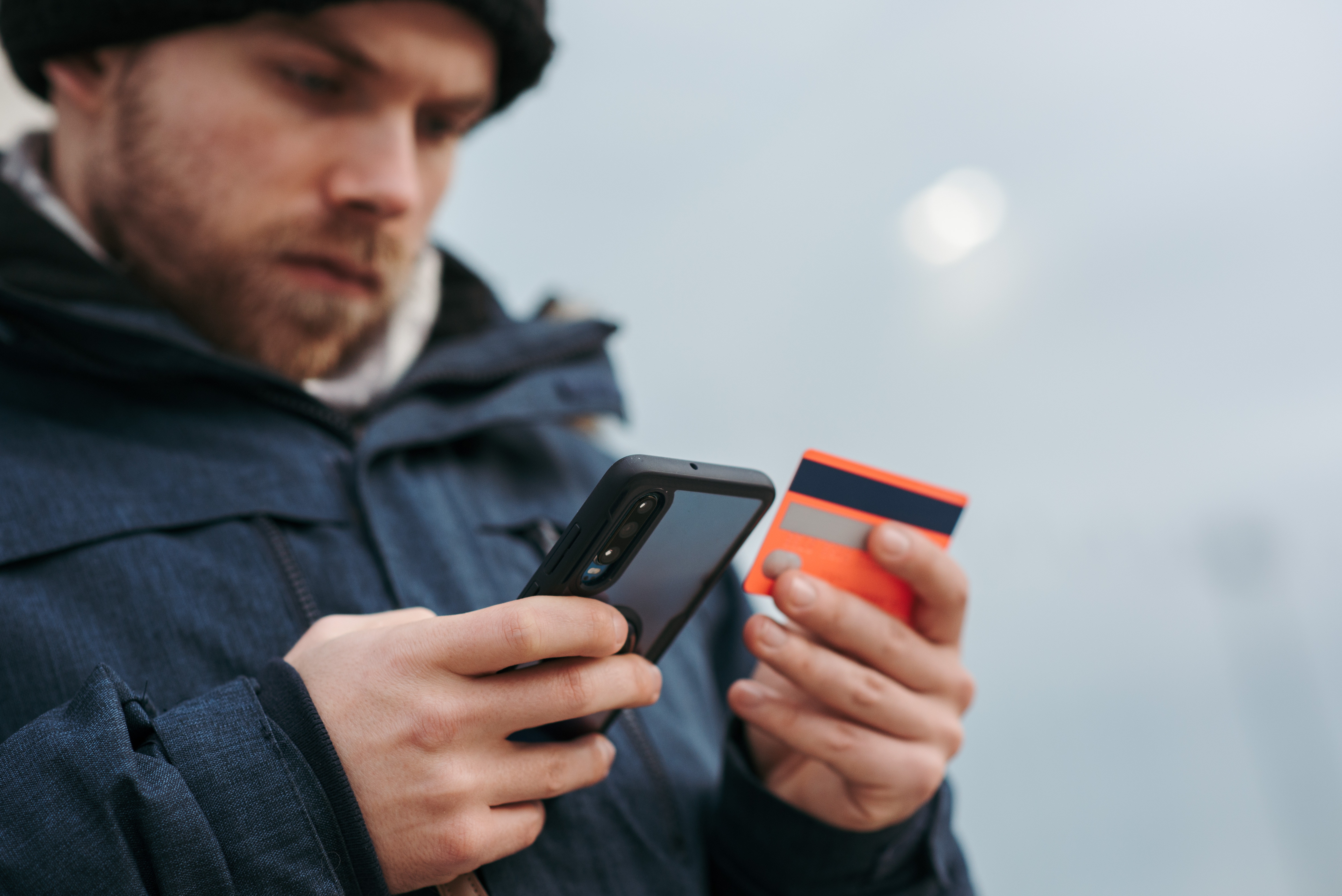Uncover the Truth: The Facts of Sending Money Without a Bank Account Explained in 5 Questions!
GPT_Global - 2024-09-21 18:30:14.0 425
Is there a limit to how much money I can send without a bank account?
When it comes to sending money through remittance services, many individuals may wonder if there is a limit to how much they can send without a bank account. The short answer is yes, there is usually a limit in place. However, the exact limit varies depending on the remittance company you use and the country you are sending money to.
The main reason for these limits is to prevent fraudulent activities and money laundering. By setting a maximum amount for non-bank transfers, remittance companies are able to monitor and track large transactions more closely. This helps to ensure that the money is being sent for legitimate purposes and is not being used for illegal activities.
Typically, the limit for sending money without a bank account ranges from $500 to $2,000 USD per transaction. Some remittance companies may have a lower limit, while others may have a higher one. It is important to research and compare different providers to find one that offers a limit that suits your needs.
If you need to send a larger amount of money, you may be required to provide additional information and documentation to verify the legitimacy of the transaction. This could include proof of income or a copy of your identification. The remittance company may also require you to have a bank account in order to send larger amounts of money.
It is also worth noting that some countries may have stricter regulations regarding non-bank transfers. This means that the limit for sending money without a bank account may vary depending on where you are sending the money. It is always best to check with the specific country's policies before initiating a transfer.
In conclusion, while there is typically a limit for sending money without a bank account through remittance services, the exact amount may vary. It is important to research and compare different providers to find one that offers a limit that meets your needs. And if you need to send a larger amount, be prepared to provide additional information and potentially have a bank account in order to do so.

What documents do I need to send money without a bank account?
If you don't have a bank account, sending money to your loved ones or business partners abroad may seem like a daunting task. However, thanks to the advancement of technology, there are now alternative ways to send money without a bank account through remittance businesses. These businesses specialize in facilitating the transfer of funds from one location to another, making it easier for individuals who do not have a bank account to send money.
First and foremost, you will need to have a valid form of identification, such as a government-issued ID or passport. This is required by remittance businesses as part of their regulatory compliance to prevent fraud and money laundering. Make sure that your identification document is current and not expired.
Next, you will need to provide the necessary recipient information, such as their full name, contact details, and the destination country. This is crucial as it ensures that the money is sent to the correct person and location. Some remittance businesses also require the recipient's bank account information, but this may vary depending on the service provider.
In addition to personal information, you will also need to have the recipient's unique identification number, which can be their national identification number, passport number, or tax identification number. This is particularly important for larger transactions, as it helps track and verify the recipient's identity.
Lastly, you will need to have the exact amount to be sent, along with any applicable fees for the transaction. Remittance businesses charge a fee for their services, which can vary depending on the amount being sent and the destination country. It is essential to inquire about the fees beforehand to avoid any surprises or delays in the transaction process.
In conclusion, while having a bank account makes sending money more convenient, it is not a requirement to do so through a remittance business. As long as you have a valid form of identification, recipient information, unique identification number, and the necessary funds, you can easily send money without a bank account. Just make sure to choose a reputable remittance business for a smooth and secure transaction.
Are there any risks associated with sending money without a bank account?
Sending money without a bank account is a common practice for many people, especially for those living in developing countries or areas with limited access to banking services. However, there are some risks associated with this method of remittance that individuals should be aware of before sending money without a bank account. Firstly, there is a higher risk of fraud when sending money without a bank account. Without the security measures and protection provided by a bank, it is easier for scammers to take advantage of unsuspecting individuals by falsifying transactions or stealing personal information. Therefore, it is important to be cautious and research reputable remittance service providers to minimize the risk of falling victim to fraud. Another risk of sending money without a bank account is the potential for loss of funds. Without a bank as an intermediary, there is a higher chance of misplacing cash or it getting lost in transit. This can be especially concerning when sending large sums of money. It is recommended to only use trusted and reliable methods of remittance to avoid any potential loss of funds. Lastly, sending money without a bank account can also be more expensive than using a bank. This is because alternative remittance services may charge higher fees and exchange rates compared to banks, resulting in the recipient receiving less money than intended. It is essential to compare different remittance options and their associated costs to ensure the most cost-effective method is chosen. In conclusion, while sending money without a bank account may seem like a convenient option, it is crucial to understand the risks involved. It is advisable to use a trusted and secure remittance service provider to minimize the potential for fraud and loss of funds. Additionally, comparing different remittance options can save both the sender and recipient money in the long run.
Can I send money without a bank account if I don't have a mobile phone or computer?
As technology continues to advance, the way we transfer money has also evolved. With the rise of digital banking and mobile wallets, sending money without a bank account or a mobile phone may seem impossible. However, there are still ways to remit money even without these modern conveniences.
One option is to use a money transfer service that operates through physical locations. These services allow you to send money without a bank account or a mobile phone by simply visiting their designated branch or agent. You can fill out a form, provide necessary identification documents, and pay the transfer fee to complete the transaction.
Another option is to utilize a prepaid card. This works similar to a debit card, but it can be loaded with cash at select locations. You can then use the prepaid card to make purchases or withdraw money from an ATM. Some prepaid cards also offer the ability to transfer money to another prepaid card, making it a viable option for remittance.
If you have a trusted friend or family member who has a bank account and a mobile phone, you can also consider using peer-to-peer payment apps. These apps allow you to transfer money to someone else’s bank account or mobile wallet, even if you don’t have one yourself. Just make sure to choose a reputable app and only transact with people you know and trust.
Lastly, you can always opt for traditional methods such as money orders or bank drafts. These may take longer compared to digital options, but they are still a reliable way to send money without a bank account or a mobile phone. Just keep in mind that there will be additional fees and charges involved.
In conclusion, while having a bank account and a mobile phone may make remitting money easier and faster, it is still possible to send money without them. Whether through physical money transfer services, prepaid cards, peer-to-peer apps, or traditional methods, there are various options available for people who do not have access to these modern technologies. It’s important to carefully choose the method that works best for your situation and always prioritize safety and security when sending money.
Are there any mobile apps that allow for money transfers without a bank account?
In today's digital age, mobile apps have become an essential part of our lives. From ordering food to booking a cab, there seems to be an app for everything. One area where mobile apps have made a significant impact is in the remittance business. Traditionally, sending money to friends and family required a physical visit to the bank or a money transfer agency. However, with the rise of mobile apps, it is now possible to transfer money without a bank account.
Some popular mobile apps that allow for money transfers without a bank account include PayPal, Venmo, and Cash App. These apps have gained widespread popularity due to their convenience and ease of use. With just a few clicks, users can transfer money to any recipient, even if they do not have a bank account.
The process of sending money through these apps is simple. Users need to link their debit or credit cards to the app and provide the recipient's details. The funds are then transferred directly from the sender's account to the recipient's account. This eliminates the need for a bank account and reduces the time and effort required for traditional money transfers.
Moreover, these mobile apps offer additional features such as splitting bills and requesting money from friends, making it easier to manage finances. They also provide a secure platform for money transfers, ensuring that users' personal and financial information is protected.
For individuals who do not have a bank account but still need to send money, these apps provide a convenient and cost-effective option. Most apps charge minimal fees for money transfers, making it a cheaper alternative to traditional methods. Additionally, these apps are available for download on both Android and iOS devices, making it accessible to a wide range of users.
In conclusion, mobile apps have revolutionized the way we send and receive money. With the availability of apps that allow for money transfers without a bank account, individuals can now easily and conveniently send money to their loved ones. The convenience, security, and cost-effectiveness of these apps make them an attractive option for those in need of remittance services. So next time you want to transfer money, consider using a mobile app – it's quick, easy, and hassle-free.
About Panda Remit
Panda Remit is committed to providing global users with more convenient, safe, reliable, and affordable online cross-border remittance services。
International remittance services from more than 30 countries/regions around the world are now available: including Japan, Hong Kong, Europe, the United States, Australia, and other markets, and are recognized and trusted by millions of users around the world.
Visit Panda Remit Official Website or Download PandaRemit App, to learn more about remittance info.



